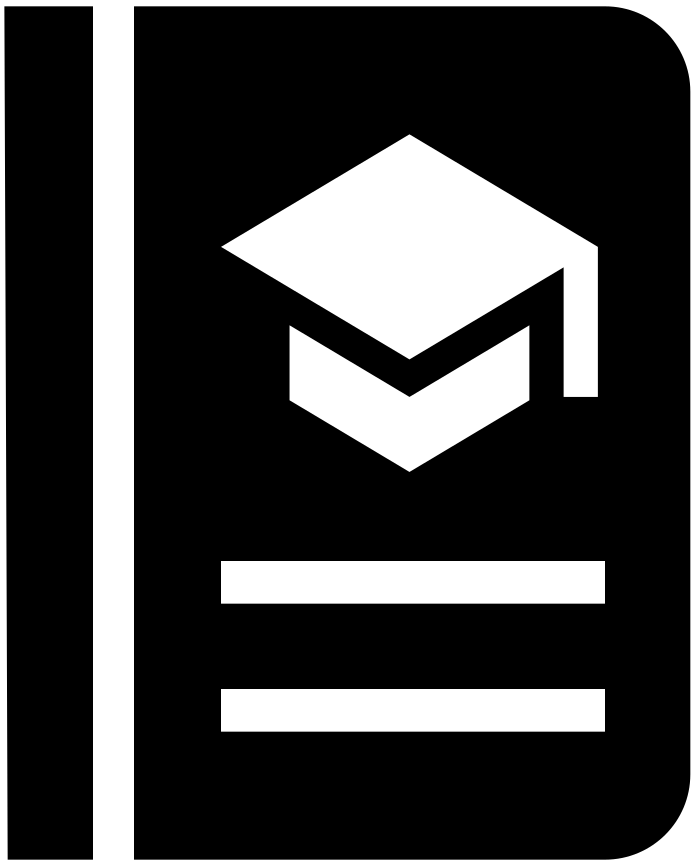|
Author |
Abstract Chitosan and chitooligosaccharides (COS), obtained by chitin-modifying enzymes, are of interest to a wide variety of areas such as agriculture, water treatment, food industry, biomedicine and cosmetics, among others, due to their important number of applications. Among the biological roles on the medical-pharmaceutical industry are amply demonstrated anti-inflammatory, immunostimulants, antimicrobians and antitumorals activities, obesity prevention and cholesterol control, ability of gene and drug delivery, wound healing and skin regeneration activities. These biological properties are not only related to their degree of polymerization and acetylation, but possibly they are also dependent on their pattern of acetylation. Nowadays the synthesis of COS has two main hurdles: a poor reproducibility between batches and the animal origin of the products, which difficult their usage in the medical-pharmaceutical industry. With the goal of overcome these limitations, we were aiming at the development of a biotechnological platform for the production of sequence-defined low molecular weight chitosans. The project addresses the use of the transglicosidase activity of chitinases as a synthetic tool to obtain well-defined oligomers with repeating patterns of acetylation. Chitinases are glycoside hydrolases that catalyse the hydrolysis of β1,4 glycosidic bonds of chitin and chitosan polymers. Some chitinases have also transglycosydase activity (TG), allowing them to introduce new glycosidic bonds between donor and acceptor sugar molecules with the consequent generation of oligomeric COS. Such transglycosylating chitinases can be used for the in vitro polymerization of COS, but the hydrolytic activity of these enzymes tends to depolymerise the TG products quickly. With the main goal of increase TG activity of chitinases to obtain new well-defined COS, in the present work we use the glycosynthase technology (GS) on different GH18 chitinases by mutation of the assisting residue and the use of an activated glycosyl donor (an oxazoline derivative), with which an important diminish of the hydrolytic activity and an increase of the TG activity have been obtained. Despite the higher TG activity, the residual hydrolytic activity of the assisting residue mutants results in the hydrolysis of the GS and TG products that not allow the increase of the polymer yield. Protein engineering (rational approach) was used to modify one of the selected enzymes. By site-directed mutagenesis it has been possible to increase the polymer yield up to 60% (w/w) using a chitin oligomer oxazoline derivative (the 60% of which corresponds to the product of the GS reaction), and it has also been possible to obtain chitosan oligomers/polymers using structurally defined partially deacetylated COS oxazoline derivatives. |
|
|
Director |
||
|
Department IQS SE - Bioenginyeria |
||
|
Date of defense 2019-07-15 |



